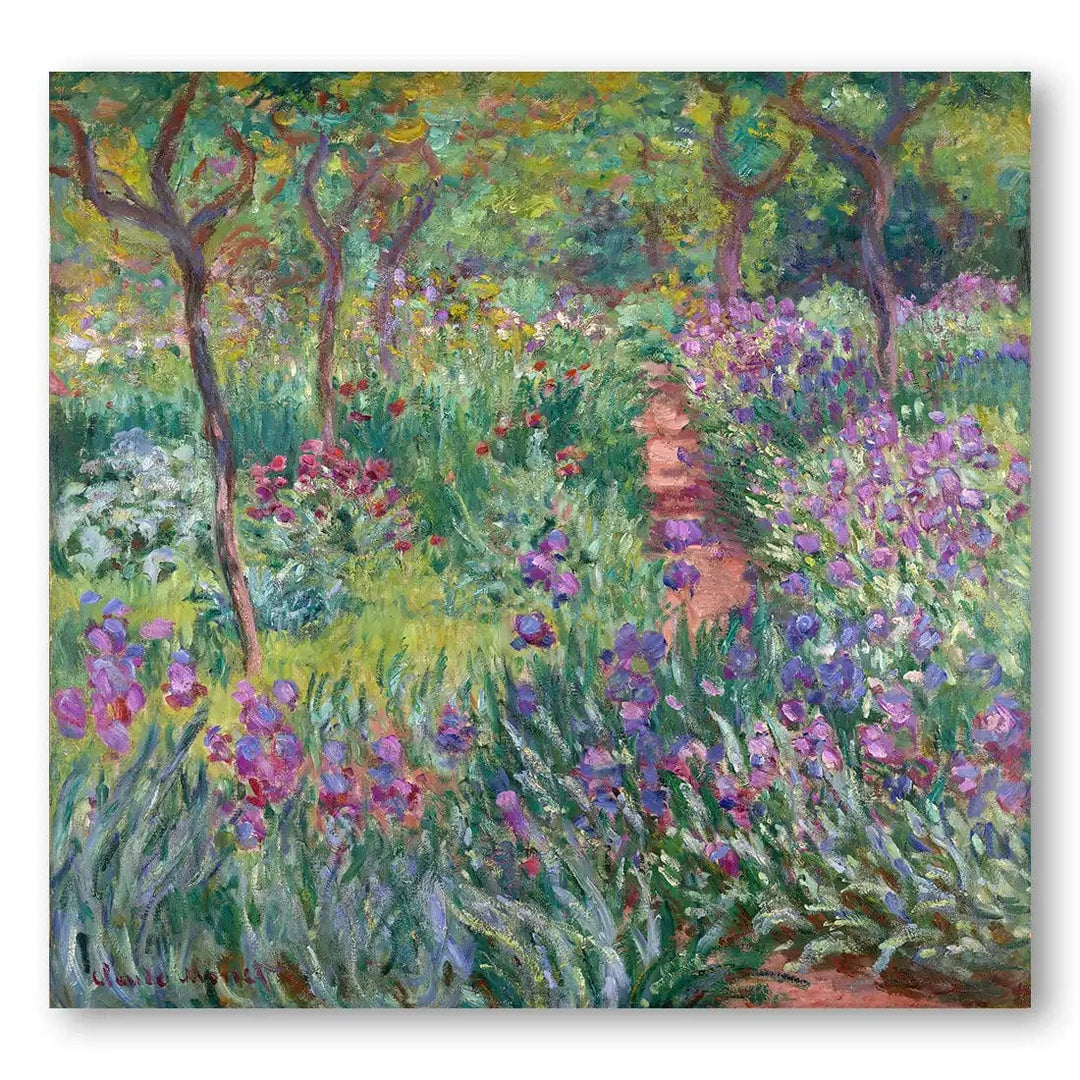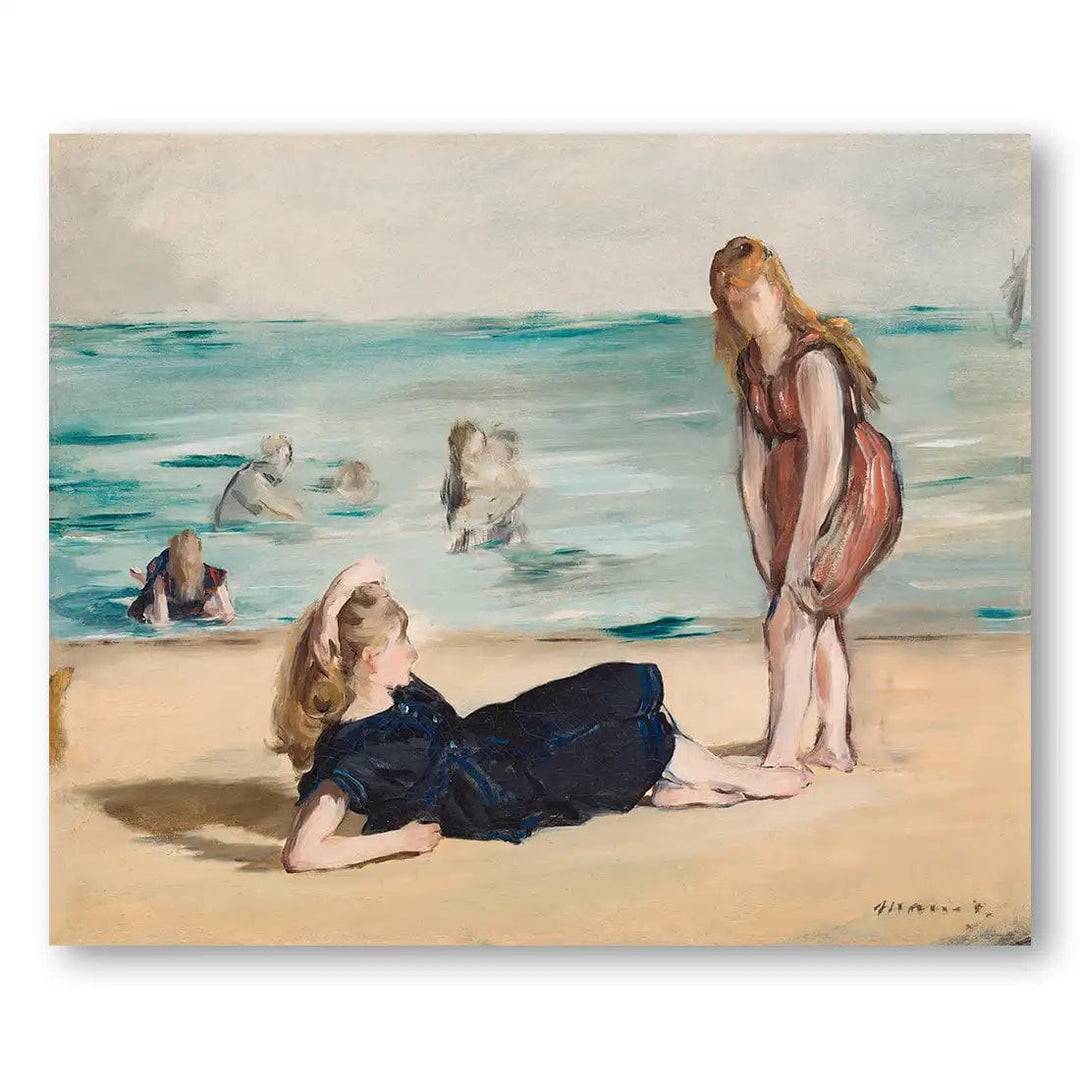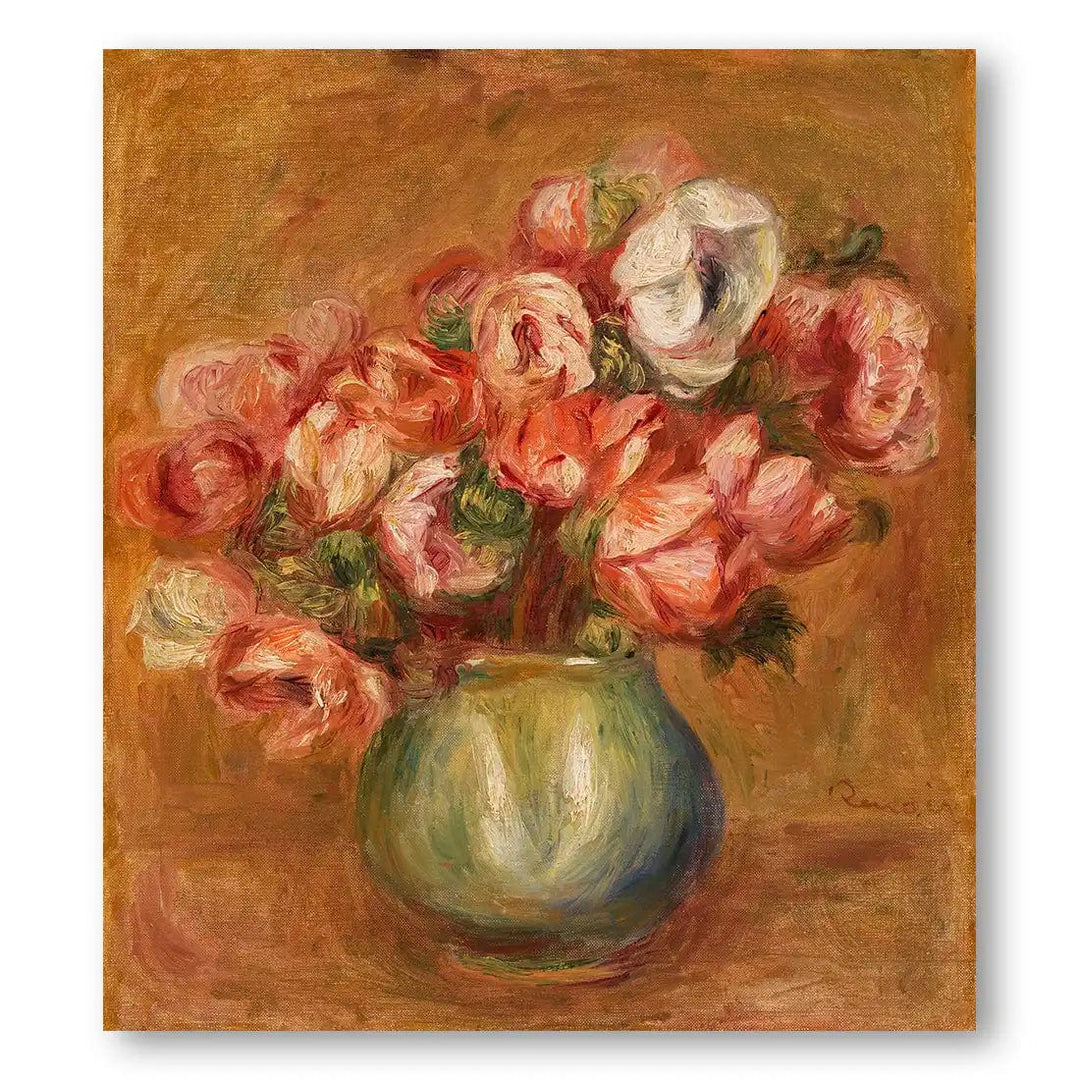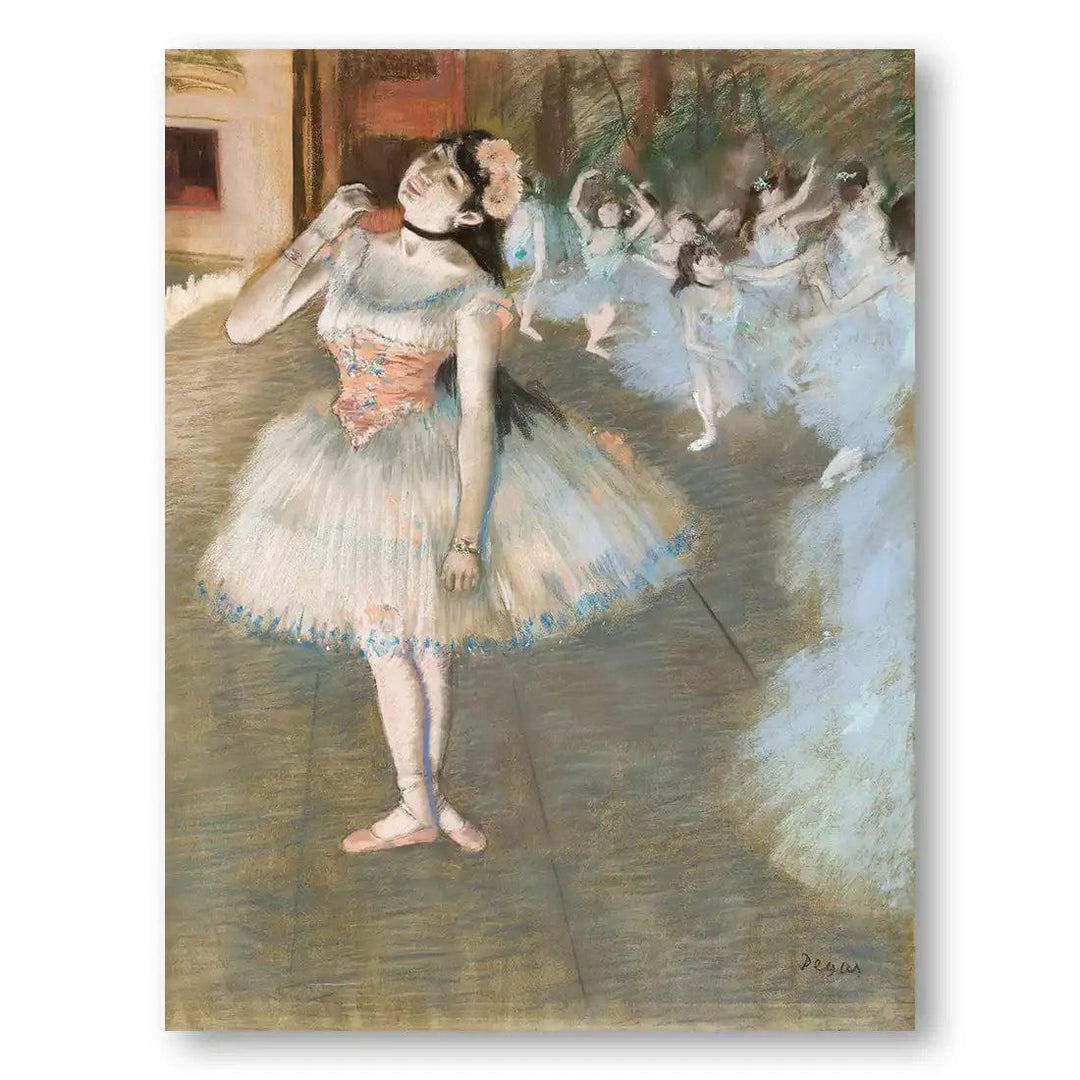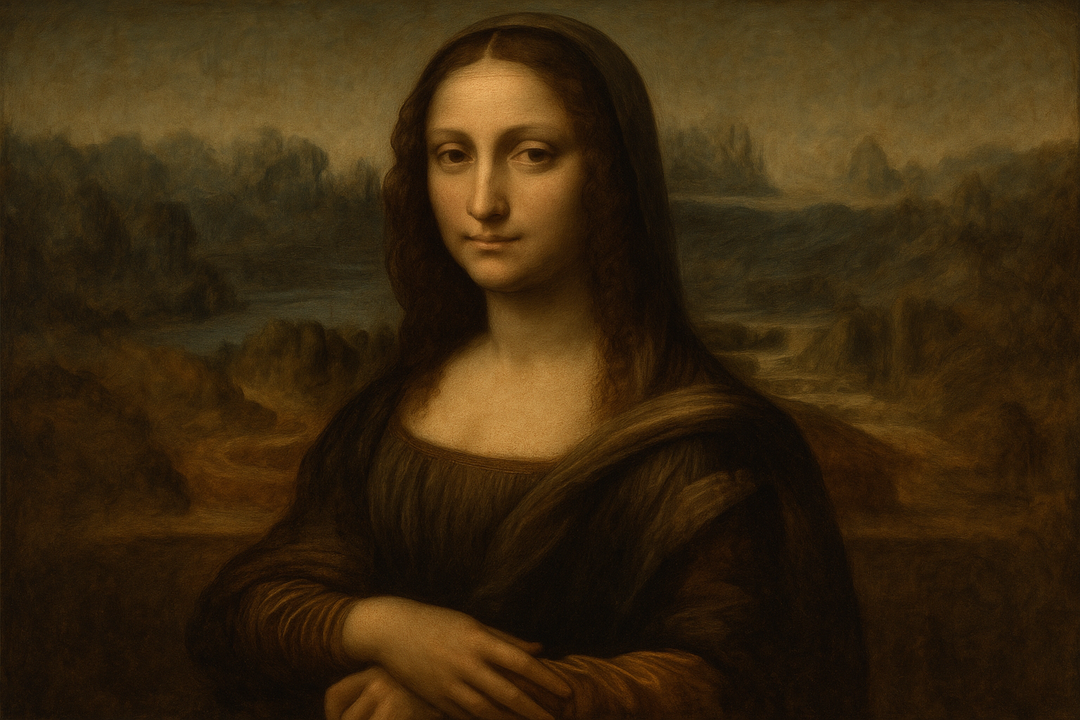Key Takeaways
- Impressionism revolutionized art by capturing fleeting light effects and everyday scenes through visible brushstrokes
- Key artists include Monet, Renoir, and Degas, plus lesser-known contributors like Berthe Morisot and Mary Cassatt
- The movement emerged in 1870s France, breaking from traditional academic painting to embrace modern life
- Impressionist techniques influenced Post-Impressionism, Cubism, and modern art movements
Impressionist Art Movement: Capturing Light, Color & Everyday Moments
The Impressionist movement emerged in late 19th-century France as a revolutionary departure from traditional academic painting. These artists sought to capture the transient effects of light and color in everyday scenes, emphasizing personal perception over realistic representation. This groundbreaking approach laid the foundation for modern art and continues to influence contemporary artists worldwide.

Timeline showing the evolution of Impressionism from its early influences to Post-Impressionist transition
The Birth of a Revolutionary Movement
The term "Impressionism" originated from Claude Monet's painting Impression, Sunrise (1872), which was exhibited in the first Impressionist exhibition in Paris in 1874. Art critic Louis Leroy used the term derisively, but the artists embraced it, recognizing how it captured their focus on fleeting impressions of light and atmosphere.
Why Did Impressionism Emerge?
Several factors contributed to Impressionism's emergence: the invention of photography freed artists from realistic representation, the availability of portable paint tubes enabled outdoor painting, and growing urbanization provided new subject matter. Additionally, Japanese prints introduced fresh compositional approaches that influenced Impressionist techniques.
Core Impressionist Techniques
Impressionist artists developed distinctive techniques that revolutionized painting:
- Visible Brushstrokes: Short, thick strokes that captured the essence of subjects rather than intricate details
- En Plein Air Painting: Working outdoors to capture natural light and its changing qualities
- Color Theory: Using complementary colors and broken color techniques to create vibrancy
- Unconventional Composition: Cropped scenes and unusual angles inspired by photography and Japanese prints

This macro view reveals the distinctive Impressionist technique of "broken color" - pure colors placed side by side without mixing, allowing the viewer's eye to optically blend the hues. Notice how each brushstroke catches light differently, creating the luminous effect that made Impressionism revolutionary.
🎨 Master the Techniques
Want to learn these brushwork techniques yourself? Watch this expert tutorial on mastering Impressionist brushwork:
5 Essential Tips for Mastering Impressionist Brushwork by Malcolm Dewey - Learn professional techniques used by museum-quality artists
Pioneering Impressionist Artists
Claude Monet (1840-1926): Master of Light
Monet was the movement's most dedicated practitioner, painting the same scenes repeatedly to capture different lighting conditions. His Water Lilies series and Rouen Cathedral paintings exemplify his obsession with light's transformative power.

This scene evokes Monet's revolutionary approach to painting water - using loose brushstrokes and reflected colors to capture the constant movement of light on the surface. In his Giverny garden, Monet painted over 250 water lily canvases, each one exploring different times of day and atmospheric conditions. The technique shown here demonstrates how Impressionists used "broken color" to create shimmering water effects.
💝 Love Monet's Style?
Bring the tranquil beauty of Impressionist gardens into your home with our curated collection of Monet-inspired prints.
Browse Monet Prints →Pierre-Auguste Renoir (1841-1919): Painter of Joy
Renoir celebrated beauty and human connection, particularly in social gatherings. His Dance at Le Moulin de la Galette (1876) captures the vibrant energy of Parisian nightlife with dappled sunlight filtering through trees.
Edgar Degas (1834-1917): Chronicler of Movement
Degas focused on capturing movement and modern life, particularly ballet dancers and horse racing. His innovative compositions and use of artificial lighting set him apart from other Impressionists who preferred natural light.
Lesser-Known Impressionist Masters
Beyond the famous trio, several artists made significant contributions:
- Berthe Morisot: One of the few female Impressionists, known for intimate domestic scenes and innovative brushwork
- Mary Cassatt: American artist who portrayed the social and private lives of women with psychological depth
- Gustave Caillebotte: Noted for detailed urban scenes and unique perspectives on modern Paris
- Camille Pissarro: The "father of Impressionism" who mentored younger artists and organized exhibitions
Impressionism vs. Academic Art: A Visual Comparison
The contrast between traditional academic painting and Impressionist techniques was stark. Academic artists worked in dim studios, creating highly finished, detailed works with smooth surfaces. Impressionists painted outdoors, capturing fleeting moments with visible brushstrokes and bright colors.

This comparison illustrates the revolutionary shift from controlled studio painting to spontaneous outdoor work. Academic painters (left) used smooth, invisible brushstrokes and perfect lighting, while Impressionists (right) embraced visible texture, changing light, and the energy of painting "en plein air." Notice how the outdoor painter captures immediate atmospheric effects that could never be recreated indoors.
🎯 Interactive Challenge: Spot the Differences
Can you identify the key differences between academic and Impressionist techniques? Here are the main contrasts to look for:
Academic Painting
- Smooth, invisible brushwork
- Perfect, controlled lighting
- Posed, static subjects
- Earth tone palettes
- Highly finished details
Impressionist Painting
- Visible, textured brushstrokes
- Natural, changing light
- Spontaneous, moving subjects
- Bright, pure color palettes
- Deliberately "unfinished" look
Capturing Modern Life: Parisian Scenes
Impressionists were among the first artists to embrace modern urban life as worthy subject matter. They painted bustling boulevards, railway stations, and leisure activities, reflecting the rapid social changes of 19th-century France.

This vibrant café scene embodies the Impressionist fascination with modern social life. Notice the warm, diffused lighting filtering through the scene - this represents the movement away from harsh, dramatic lighting toward the soft, natural illumination that Impressionists preferred. The blurred edges and suggested movement capture the spontaneous energy of city life that traditional academic painters would never have considered worthy subject matter.
📚 Learn More: Complete Impressionism Guide
Watch this comprehensive 8-minute documentary that explores how Impressionism changed the entire course of art history:
Impressionism in 8 Minutes by Curious Muse - Perfect introduction covering the Salon, outdoor painting, women Impressionists, and the movement's lasting impact (374K views)
The French Countryside: Nature as Inspiration
While urban scenes were important, many Impressionists found inspiration in the French countryside. Monet's garden at Giverny became his primary subject, while others painted rural landscapes, rivers, and coastal scenes.

This riverside scene perfectly demonstrates the Impressionist technique of "dappled light" - the interplay of sunlight filtering through leaves creating patterns of light and shadow on water. The pastel blue-green palette and loose brushwork show how Impressionists captured the fleeting effects of natural light that change moment by moment. Notice how the reflections are painted with broken, horizontal strokes that suggest water movement rather than creating perfect mirror images.
🌿 Create Your Own Impressionist Gallery
Transform your space with museum-quality Impressionist prints. Each piece captures the luminous beauty that made this movement legendary.
Shop All Impressionist Art →Public Reception and Critical Response
Initially, Impressionist works were met with harsh criticism. The Paris Salon rejected their works, leading to the organization of independent exhibitions. Critics derided their "unfinished" appearance and unconventional techniques. However, by the 1880s, public opinion began to shift, and Impressionism gained acceptance.
The Road to Acceptance
The Impressionists' path to recognition was gradual. Art dealer Paul Durand-Ruel played a crucial role in promoting their work, organizing exhibitions in Paris, London, and New York. By the 1890s, Impressionist paintings were being collected by museums and wealthy patrons.
Impressionism's Lasting Legacy
Impressionism's influence extended far beyond its original practitioners. The movement paved the way for Post-Impressionism, with artists like Vincent van Gogh and Paul Cézanne building upon Impressionist foundations. The emphasis on personal perception and emotional response influenced Expressionism and other modern movements.
Discover Impressionist-Inspired Art Prints
Bring the beauty and energy of Impressionist art into your home with our carefully curated collection of art prints that capture the movement's spirit and techniques.
Explore Impressionism Further
Understanding Impressionism opens a window into one of art history's most influential movements. These artists' revolutionary approach to capturing light, color, and modern life continues to inspire contemporary artists and captivate audiences worldwide.
Continue Your Art Journey
Dive deeper into Impressionist art by visiting world-renowned collections at the Musée d'Orsay in Paris, the Metropolitan Museum of Art in New York, or explore scholarly resources through Encyclopedia Britannica.
📝 Editorial Transparency & Intent
Educational Purpose: This article is primarily educational, designed to provide comprehensive, historically accurate information about the Impressionist art movement. Our content is researched using authoritative sources including museum collections, art history literature, and academic resources.
Commercial Disclosure: Stone & Gray is an art print retailer specializing in classic and contemporary reproductions. While we feature our Impressionist-inspired prints within this article, the historical and educational content is independent of our commercial offerings and maintains academic integrity.
Content Methodology: Information presented here draws from established art historical sources including the Metropolitan Museum of Art, Musée d'Orsay, Encyclopedia Britannica, and peer-reviewed academic publications. The generated images are artistic interpretations created to illustrate Impressionist techniques and themes.
Our Mission: We believe art education enriches lives regardless of purchase decisions. Whether you're a student, art enthusiast, or simply curious about Impressionism, this content serves your learning journey first. Any print purchases support our ability to create more educational content.
Further Reading: For additional research, we recommend visiting Musée d'Orsay, The Metropolitan Museum, and Encyclopedia Britannica for scholarly perspectives independent of commercial interests.
Whether you're drawn to Monet's ethereal water lilies, Renoir's joyful social scenes, or Degas's dynamic dancers, Impressionist art offers profound insights into the beauty of everyday moments and the transformative power of light and color. By understanding these revolutionary techniques and the artists who pioneered them, we can better appreciate how Impressionism forever changed the course of art history.





